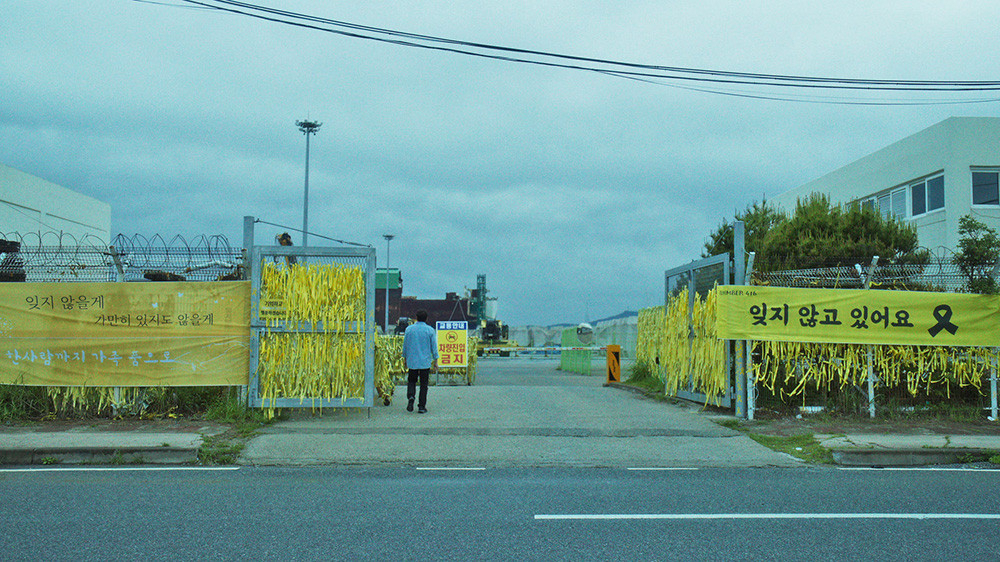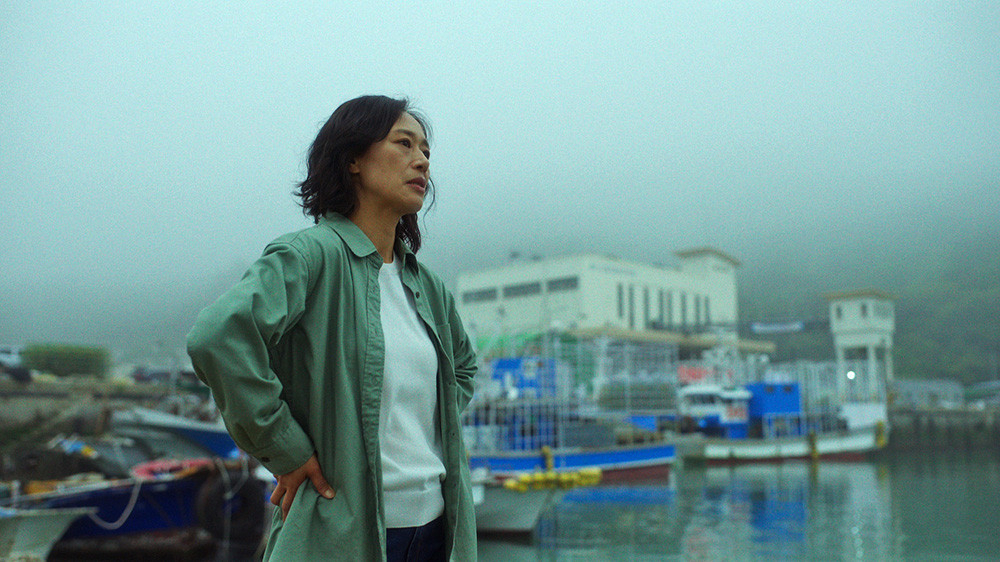 |
A scene from “When We Bloom Again” (Studio DHL) |
Over the past decade since the 2014 Sewol ferry disaster, which claimed nearly 300 lives of high school students on a field trip, numerous documentaries on the tragedy have been made.
In contrast, there have been just a few feature films, likely because this genre requires a careful and sensitive approach to dramatizing of the disaster.
In “When We Bloom Again,” which has the Korean title “On the Day when Cotton Blooms,” (direct translation), the story is told from two different points of view. A grieving father, Byung-ho (Park Won-sang), who lost his daughter in the Sewol ferry incident tries to piece together his lost memories. His wife, Su-hyun (Woo Mi-hwa), an enervated mother, endeavors to restore her mind.
 |
Park Won-sang plays Byung-ho in “When We Bloom Again.” (Studio DHL) |
 |
Woo Mi-hwa plays Su-hyun in “When We Bloom Again.” (Studio DHL) |
The film also marks director Shin Kyung-soo’s first feature film to produce. He has previously helmed various hit TV dramas including “Deep Rooted Tree” (2011) and “Six Flying Dragons” (2015).
Shin said he was in the middle of shooting a drama when he first heard the news about the capsizing Sewol ferry.
“I was on my way to finish up the editing work for the 13th episode of the 16-part series. I still feel bad that the news didn’t really register with me. So I had this vague thought since then, I should create a drama about Sewol disaster,” the director told reporters during a press conference held in Seoul on Monday.
He said what urged him to make this film was that he could shoot inside the actual Sewol ferry.
The ferry, currently sitting onshore in Mokpo, South Jeolla Province, was raised from the bottom of the sea almost three years after it capsized. The authorities plan to relocate the ferry to a national memorial hall that is currently under construction.
“I was suggested by the production firm two years ago to make a movie on it. I didn’t want to miss the opportunity to film inside the ferry for the first time,” Shin said.
An empty, rusted ferry plays a pivotal role in the emotional buildup of the protagonist, Byung-ho. Not just sadness, but longing, stress, rage and climax of feelings are gushed out inside darkness. An illusion of his daughter even appears here when he walks around the ferry at night.
“Many may think that another movie about the Sewol tragedy will be simply a cliche or just another sad movie. To avoid such reception, I depicted the characters’ abyss in a multidimensional way, portraying the sadness of bereaved families and their internal conflicts,” Shin said.
The director expressed his gratitude for the Yellow Ribbon, drama group comprised of bereaved family members of victims of the Sewol tragedy, and activists who have been supporting those families and advocating for justice regarding the disaster, who decided to appear as cameo actors in the movie.
“I thought this particular movie covering actual disaster may offer a feeling of somewhat void, gloomy, sorrow, and it would be (the Yellow Ribbon and activists) who can fill the gap,” he added.
“When We Bloom Again” opens in local theaters on May 22.







![[Herald Interview] How Gopizza got big in India](http://res.heraldm.com/phpwas/restmb_idxmake.php?idx=644&simg=/content/image/2024/11/20/20241120050057_0.jpg)